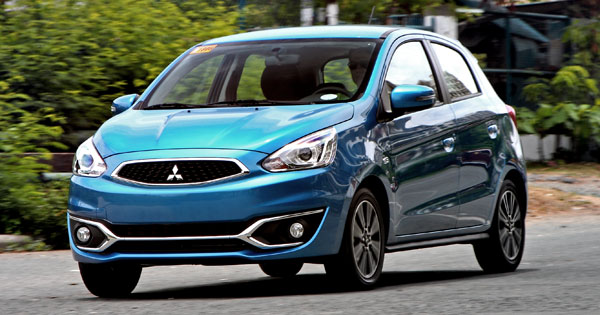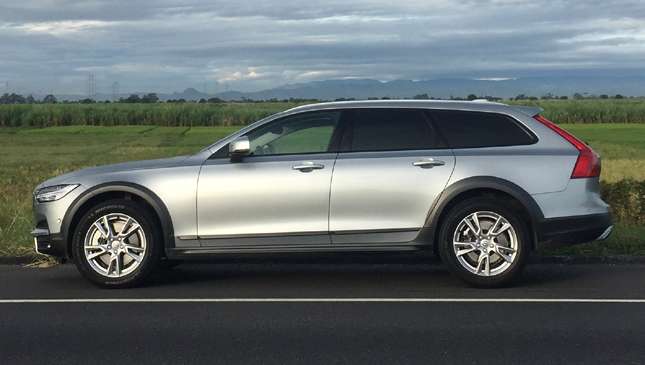
Alas, the decline of this segment’s popularity tolled the death knell for the compact-car tuning trend. Today, trucks, SUVs and other 4x4’s rule the roost for enthusiasts looking for a daily-driver-and-toy-car project. But things are about to change once again. We have the rebirth of the C-segment.
At a glance, the latest revamped Focus looks to be the sportiest, most aggressive, and most driver-focused of this bunch, and it is. The Aston Martin-inspired grille screams Focus ST or RS lite; the 18-inch alloys look very bold; the low ride height is very racy; and the highest engine output (178hp and 240Nm) means the Focus is truly the athlete in this segment.

The EcoBoost engines deliver astonishing output matched with impressive efficiency and lower exhaust emissions. The 1.5-liter direct-injected turbocharged engine is the most responsive in this segment, and it pulls hard. It is mated to a conventional six-speed automatic that delivers smooth, rapid progress on the highway, but also provides quick, seamless shifting.
The Focus has the firmest suspension, riding on those huge wheels and 235/40 R18 tires. Thankfully, it doesn’t tramline and feels planted even on greasy roads, while the electric power steering provides far more organic feel than the Civic’s. But on big undulations, the car tends to run out of suspension travel and bottoms out unexpectedly, whereas the Civic and the Golf have loads of suspension stroke in reserve. Go faster and the ride does smoothen out, showing that high-speed damping is up to par.

In keeping with the Ford’s sporty nature, its brakes offer the best feel and modulation. The suspension also keeps body roll to a minimum, and the steering has the heaviest effort in this group, making the Focus easier to place accurately on the road even when flat out. Indeed, this car would be the best candidate for a full-on project car to take to the racetrack. Although we don’t get a chance to try out the torque vectoring, this is one huge handling advantage that the Focus has over its rivals, and is best sampled on decreasing-radius corners with a fast entry speed but demands a sudden slowdown mid-corner until exit.
On the highway, the Focus is a very decent cruiser. After four hours of driving from the south to Mandaluyong, it leaves me no more tired than any other car despite its very sporty intentions. The seats, in particular, prove supportive yet comfortable. As for kit, there’s the SYNC II system, six airbags, and traction and stability controls. There’s only proximity sensors all around, but this is the only car that can park itself in this segment.
Last year, Ford Global earned $7.4 billion. With products like this Focus, it’s not hard to see why.
SPECS: Ford Focus Sport + EcoBoost
Price: P1,278,000
Engine: 1.5-liter DOHC I4
Power: 178hp @ 6,000rpm
Torque: 240Nm @ 1,600-5,000rpm
Transmission: 6-speed automatic
Layout: FWD
Seating: 5
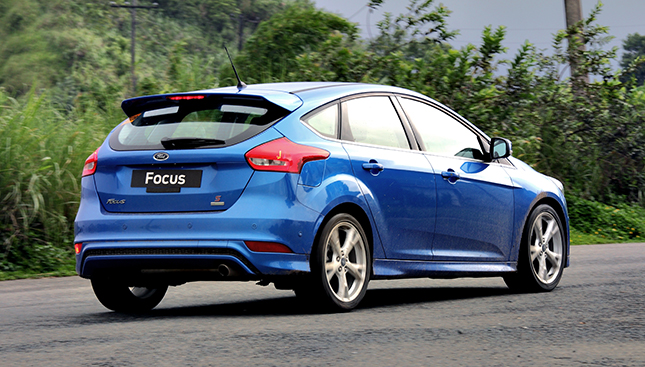

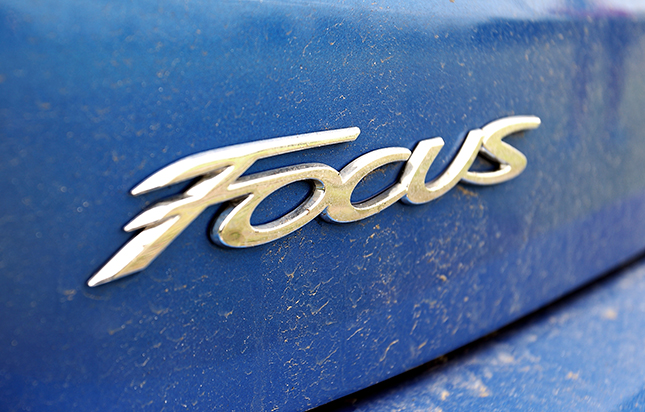




UP NEXT: Honda Civic
[previous|page|next]
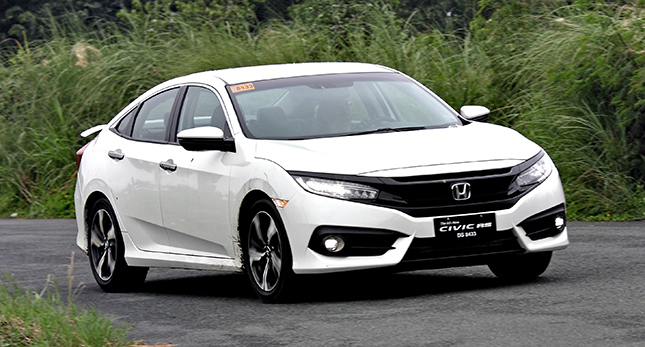
Naturally, all eyes are on the Civic, the poster child for ’90s compact-car tuning and performance. While Honda eschews its naturally aspirated, high-revving wizardry in favor of a small-capacity turbocharged engine, the all-new Civic RS Turbo still captures the spirit and romance of driving from a generation past, albeit with its own recipe for motoring enjoyment.
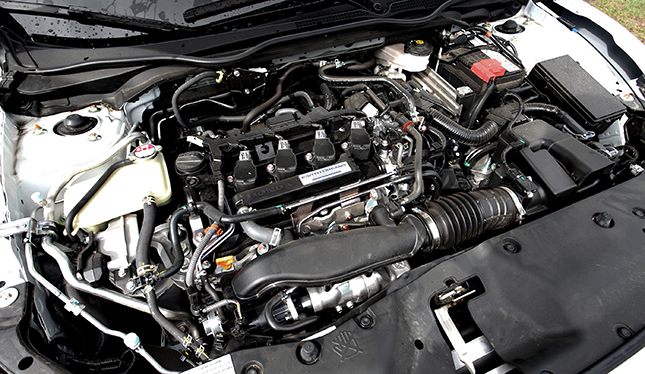
Its 1.5-liter mill is designed to bring greater performance from a lighter, more fuel-efficient package while delivering far lower emissions than any B-, K- or F-series engine can ever dream of (pun intended). The turbocharged, intercooled and direct-injected VTEC powerplant is pressurized by a tiny Mitsubishi Heavy Industries compressor to the tune of 20psi, and delivers 171hp and 220Nm to the front wheels via a CVT that can simulate seven forward gears.
On the move, the Civic is the most well-rounded of this group. It cruises like a proper executive express on the highway. On winding roads, the compliant suspension and the responsive steering feel right at home clipping apexes and ditch-hooking whenever it’s possible to do so without ruffling the Honda’s admittedly portly size and heft—now at 1,308kg for the RS Turbo variant. A generation ago, its Accord big brother would have weighed about the same.

In fact, this Civic does look like it’s the same size as the midsize Accord from the ’90s. The weight penalty means the car packs quite a lot of kit: a tablet-based multimedia infotainment system with surround sound audio; six airbags; hill-start assist; vehicle stability and dynamic control; a backing-up camera; 17-inch alloy wheels; and impressive NVH isolation.
Nevertheless, the Civic feels agile, the impression helped by the light steering and the responsive suspension that allows the Honda to cover ground rapidly. And even on uneven roads and smooth dirt roads, the impressive rigidity and suspension tuning can be felt, as the car literally glides through the rough stuff with ease and confidence.
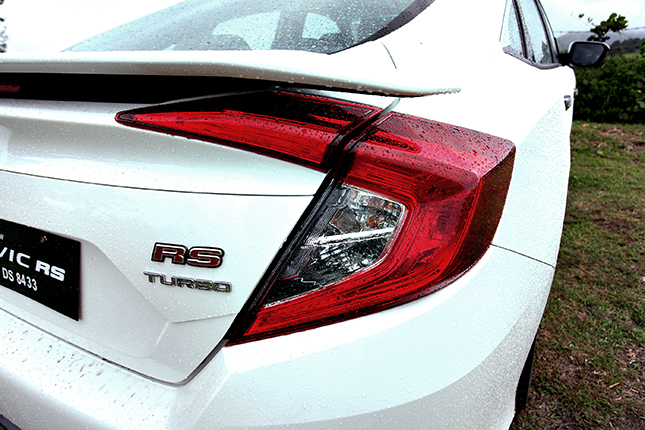
This being a Honda, it comes as no surprise that it’s also the roomiest in this group. Golfers will also be happy to hear that the trunk can swallow three cart bags with ease. The long wheelbase also means that the Civic rides smooth and fuss-free on highways over long distances, but is equally stable at high speeds without feeling overly sprung. These qualities truly cement it as the jack of all trades in this group.
Times have changed, and the Civic’s formula for success has adapted to changing regulations and customer demands. But the spirit of delivering impressive power and efficiency lives on in the model’s 10th iteration. Soichiro Honda would be proud of this.
SPECS: Honda Civic RS Turbo
Price: P1,398,000
Engine: 1.5-liter DOHC I4
Power: 171hp @ 5,500rpm
Torque: 220Nm @ 1,700-5,500rpm
Transmission: continuously variable
Layout: FWD
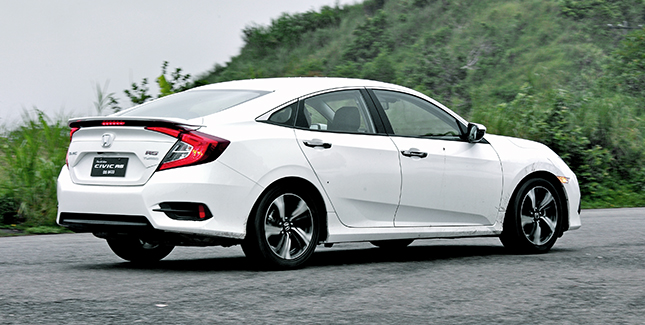
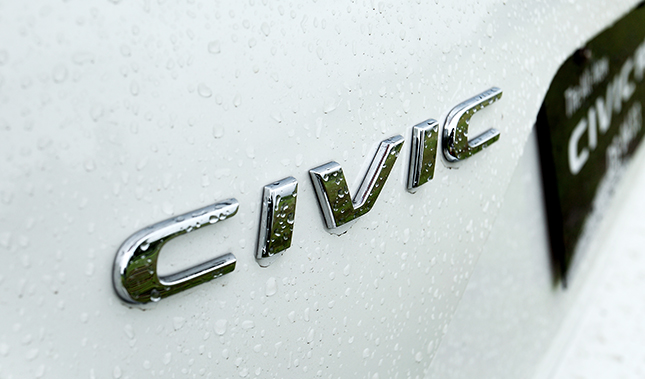
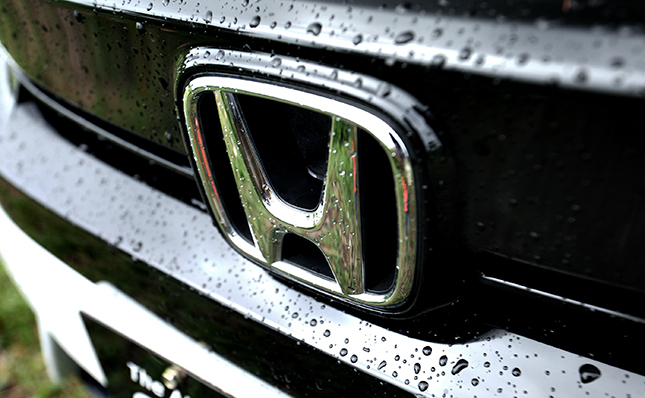
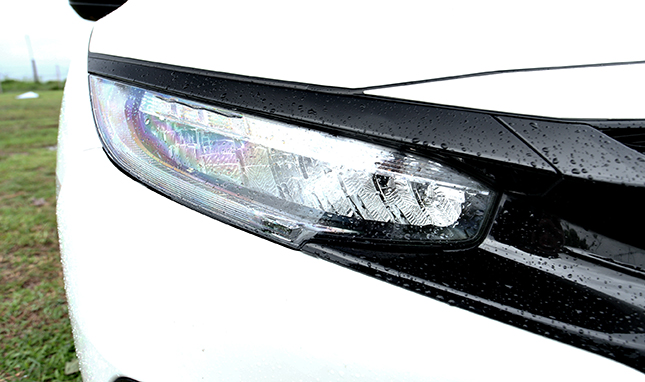


UP NEXT: Volkswagen Golf
[previous|page|next]
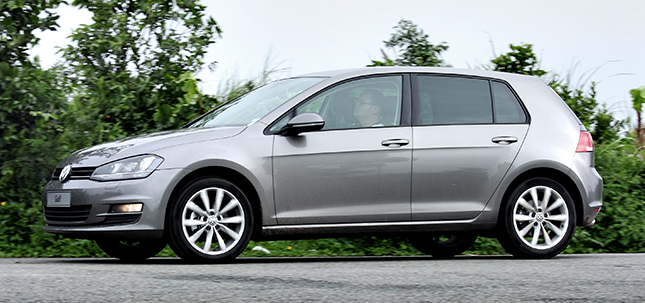
If the Civic is the true all-rounder and the Focus is the most, well, driver-focused, then the Golf is best described as the most sensible of the three. But there is a very big but, which we will get to later.
The 1.4-liter VW engine is the smallest here and makes only 148hp, but it delivers 250Nm—the highest torque output in this test. And although many people are critical or scared of dual-clutch gearboxes (Ford, for example, has tried it and failed epically, hence the return of a conventional automatic on the Focus), the Golf’s seven-speed dual-clutch is arguably the best transmission for both economy and performance, delivering seamless, instantaneous shifts to rival a CVT for smoothness.

This seventh-generation model surprisingly weighs about the same as the fourth-generation Golf, but it boasts far better body rigidity and NVH isolation, not to mention a safer overall structure. You can definitely feel the difference of the German-made Golf from the Civic and the Focus, which are both manufactured in Thailand.
But what catches your attention and interest is that the Golf is absolutely drama-free. The Focus likes to huff and puff about its sportiness, and the Civic tries to bedazzle you with its far-reaching breadth of abilities. The Golf just gets on with business. The business of going fast, as efficiently as possible.

On the highway, it’s just plain fast but economical. The fuel-consumption readout seems to improve the faster you go. At around 100kph, it feels slow--which makes you want to drive faster. On winding roads, it’s also brutally, effectively quick. It’s firmer than the Civic, but less harsh than the Focus. The chassis is easily the stiffest, firmest in this class. You can tell because you can go the fastest in the Golf over imperfect patches of road without cutting short your conversation.
More important, the VW corners flatly, but it never runs out of answers when you encounter rough roads and big undulations. You can ditch-hook it when it’s safe, and the four-wheel physics ensures you feel the suspension moving around as the car shifts its weight on its four corners.

While it looks and feels bare, the Golf offers a lot of kit: best-in-class seven airbags (one for the driver’s knee); ABS-equipped brakes; an electronic differential lock (works like a limited-slip differential using individual wheel braking), traction and stability controls; and an eight-channel sonar system to help you maneuver in tight spots.
People are critical of the Golf’s price, however, and that’s the main reason it isn’t as sensible as it seems. This Highline variant is almost P300,000 clear of the Focus and the Civic, and that’s a lot of money in this very price-sensitive segment. But if you can afford a Golf, you’ll love it a lot...
SPECS: Volkswagen Golf 1.4 TSI DSG Highline
Price: P1,739,000
Engine: 1.4-liter DOHC I4
Power: 148hp @ 5,000rpm
Torque: 250Nm @ 1,500rpm
Transmission: 7-speed dual-clutch
Layout: FWD
Seating: 5
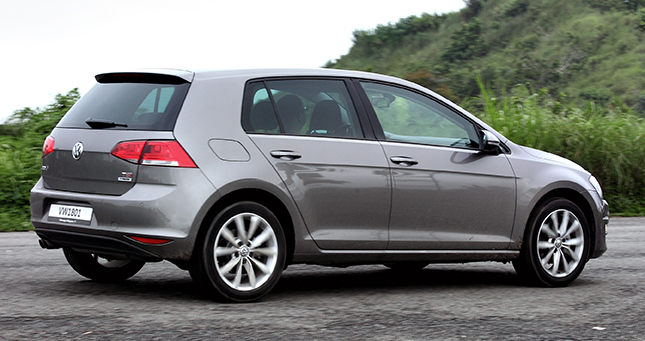
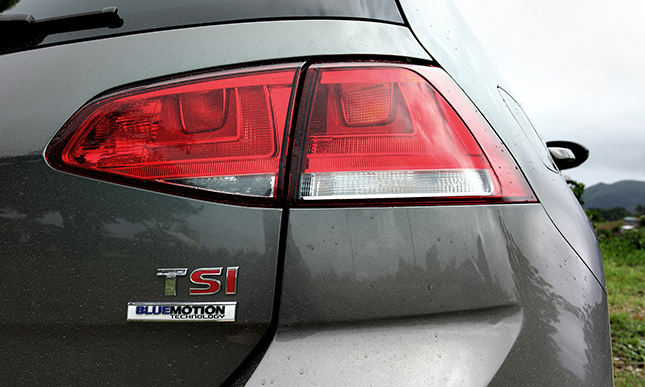
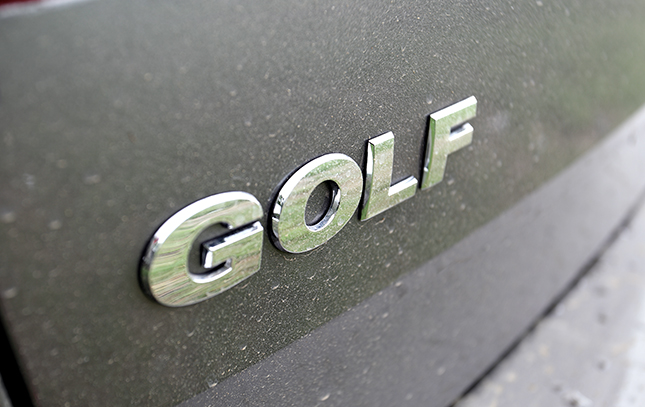
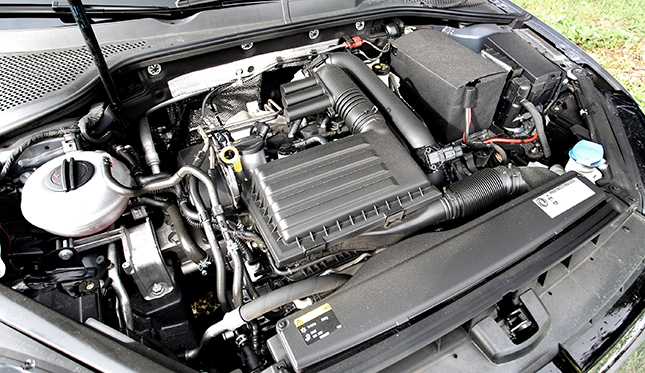


UP NEXT: The Verdict
[previous|page|next]
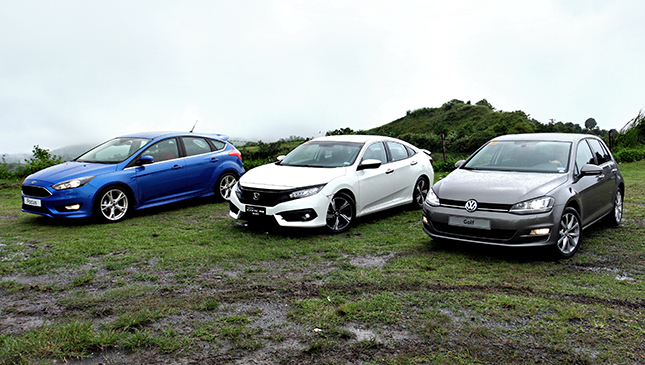
So we have the athlete, the jack of all trades, and the sensible contender all competing for our hearts, wallets, and garage space. Not easy as their respective strengths make them unique. Most interested buyers are the type who will use these cars as their primary means of everyday transport. As such, they want a comfortable ride, good fuel efficiency, and an exciting experience when roads, conditions and moods allow for it.
The Golf places third in this test simply because of its price. It’s highly accomplished and refined, and arguably the best-engineered thanks to the cache of being German. The safety driving aids add a premium as well, and the Germans are also the best in suspension tuning. The car is just too expensive compared with the Focus and the Civic, with the Comfortline variant still P200,000 clear.
The Focus is the athlete. It truly feels fast, fun and exciting. Of the three, it is the most thrilling car to drive, and Ford has succeeded with the Focus because of this, making the nameplate and Ford as a whole desirable again. Not everyone has the budget for a Mustang or the space for an Explorer or a Ranger. The Focus is simply desirable, and will make an excellent project car.
Surprisingly enough (even for me), the Civic takes the top spot. It might not be the absolute best in any one criterion, but the way it does everything so well is astonishing. The balance of performance and practicality, convenience and ingenuity, and all the space and electronic gadgets inside make the Honda very complete. It might have changed drastically versus the EK sedan of the past, but it achieves the same overall satisfaction for the driver because it is a well-packaged, well-balanced offering.
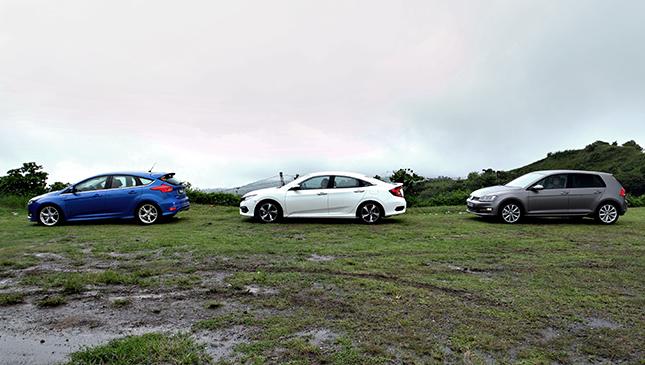
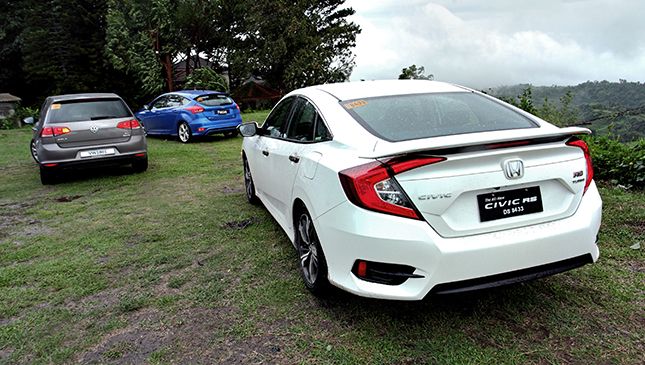
Note: This article first appeared in Top Gear Philippines' August 2016 issue.
